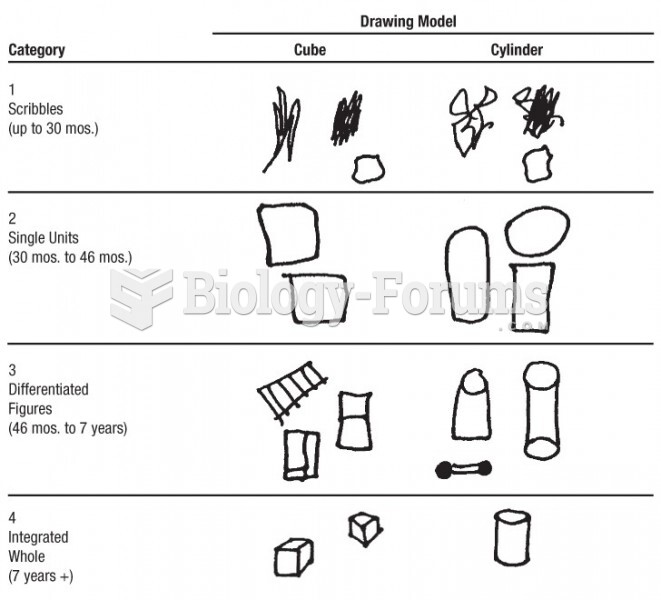This topic contains a solution. Click here to go to the answer
|
|
|
Did you know?
Critical care patients are twice as likely to receive the wrong medication. Of these errors, 20% are life-threatening, and 42% require additional life-sustaining treatments.
Did you know?
Thyroid conditions may make getting pregnant impossible.
Did you know?
As of mid-2016, 18.2 million people were receiving advanced retroviral therapy (ART) worldwide. This represents between 43–50% of the 34–39.8 million people living with HIV.
Did you know?
Green tea is able to stop the scent of garlic or onion from causing bad breath.
Did you know?
On average, someone in the United States has a stroke about every 40 seconds. This is about 795,000 people per year.







